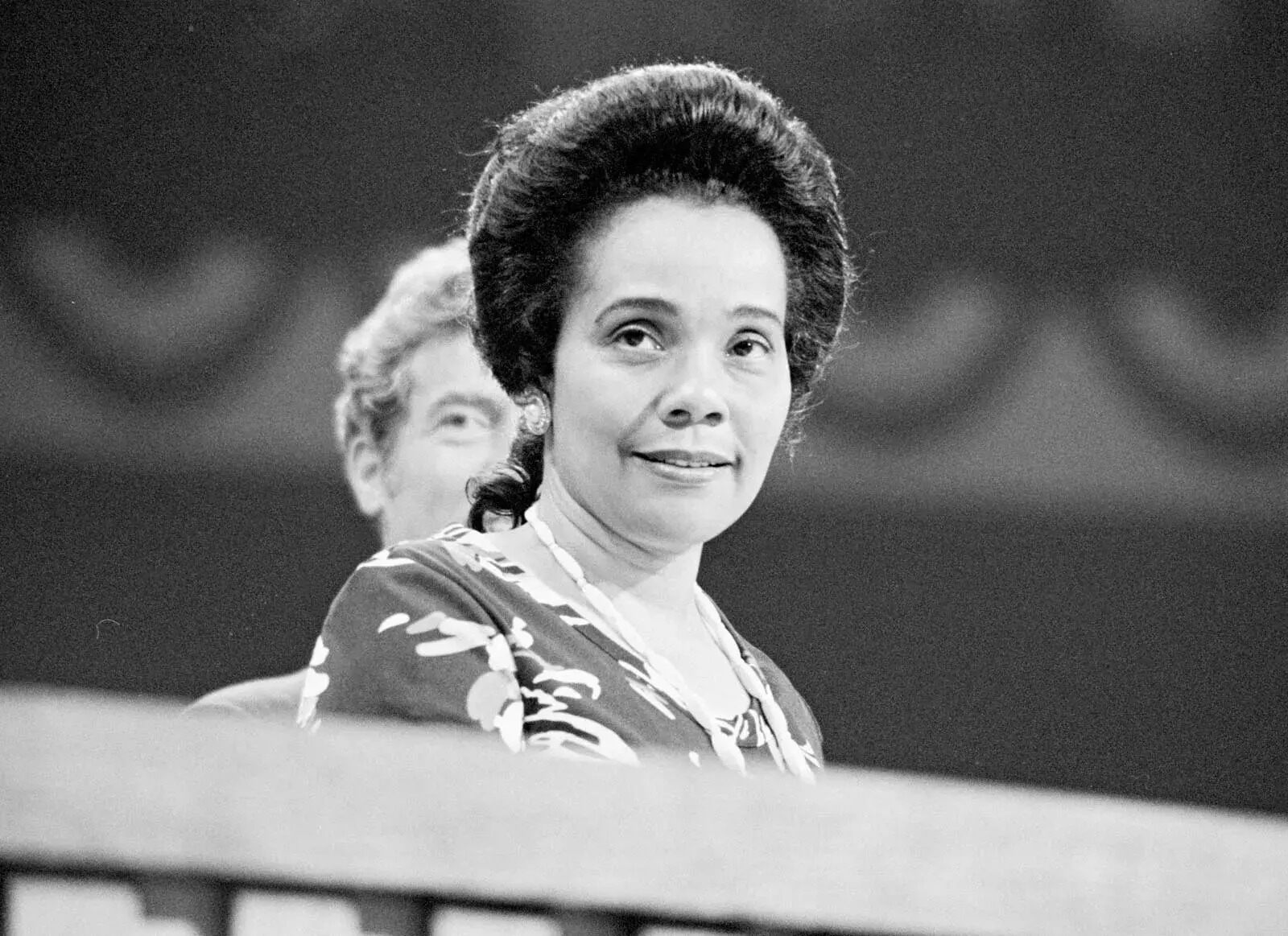
Guayaquil, the largest city in Ecuador, is a vibrant and dynamic metropolis that captivates visitors with its rich history, stunning landmarks, and warm hospitality. Situated on the banks of the Guayas River, this bustling city serves as the country’s main port and commercial center. Guayaquil is a melting pot of cultures, where traditional Ecuadorian customs blend harmoniously with modern influences.
In this article, we will explore 43 fascinating facts about Guayaquil that will give you a deeper insight into its diverse offerings. From its architectural marvels to its renowned festivals, there is something for everyone to discover in this captivating city. Whether you are a history buff, nature enthusiast, or simply looking for an unforgettable adventure, Guayaquil has it all.
Key Takeaways:
- Guayaquil, the largest city in Ecuador, boasts a vibrant street art scene, lively festivals, and a bustling commercial district, making it a dynamic and welcoming destination for tourists and locals alike.
- With its warm climate, rich cultural heritage, and thriving economy, Guayaquil serves as a gateway to the Galapagos Islands and the Ecuadorian Amazon, offering endless possibilities and opportunities for exploration and adventure.
Guayaquil is the largest city in Ecuador.
With a population of over 2.7 million people, Guayaquil is not only the most populous city in Ecuador but also the economic hub of the country.
The city is located on the western banks of the Guayas River.
Guayaquil is situated on the banks of the Guayas River, which serves as a vital transportation route for trade and commerce.
Guayaquil has a tropical savanna climate.
The city experiences warm temperatures throughout the year, with an average annual temperature of around 79°F (26°C).
The Malecon 2000 is a popular waterfront promenade in Guayaquil.
Stretching along the Guayas River, the Malecon 2000 offers beautiful views, shops, restaurants, and recreational spaces for locals and tourists.
Guayaquil is known for its vibrant street art scene.
The city is adorned with colorful murals and graffiti, showcasing the artistic talent and cultural expressions of its residents.
The iconic Las Peñas neighborhood is a must-visit in Guayaquil.
Located on the slopes of Santa Ana Hill, Las Peñas is known for its picturesque houses, art galleries, and stunning views of the city.
Guayaquil is home to the Capwell Stadium, one of the largest stadiums in Ecuador.
The Capwell Stadium is the home stadium of the popular soccer club Barcelona Sporting Club and can accommodate over 40,000 spectators.
Guayaquil has a diverse culinary scene.
From fresh seafood dishes to traditional Ecuadorian cuisine, Guayaquil offers a wide range of culinary delights to satisfy every palate.
The historic Parque Seminario is famous for its resident iguanas.
Visitors to Parque Seminario can observe and interact with the large number of iguanas that freely roam the park.
Guayaquil hosts the annual Guayaquil International Film Festival.
The film festival showcases a variety of national and international films, promoting the art of filmmaking in the city.
The city’s official flower is the orchid.
Guayaquil takes pride in its rich biodiversity and celebrates it by adopting the orchid as its official flower.
Guayaquil has a busy port that handles a significant amount of Ecuador’s import and export.
The Port of Guayaquil is one of the main gateways for trade in Ecuador, facilitating the transportation of goods throughout the country.
The city celebrates its independence day on October 9th.
On this day, Guayaquil commemorates the successful uprising against Spanish rule in 1820.
Guayaquil is known for its lively festivals and carnivals.
The city hosts colorful and energetic celebrations throughout the year, where locals and visitors come together to enjoy music, dance, and traditional performances.
Guayaquil is a gateway to the Galapagos Islands.
Many travelers choose to start their journey to the famous Galapagos Islands from Guayaquil, as there are convenient flights and transportation options available.
The Guayaquil Historical Park offers a glimpse into the city’s past.
Visitors can explore recreated historical buildings, learn about Ecuadorian traditions, and observe native wildlife in this interactive park.
Guayaquil has a buzzing nightlife scene.
The city comes alive after dark, with numerous bars, clubs, and entertainment venues offering a vibrant atmosphere and live music.
Guayaquil is known for its rich cultural heritage.
The city is home to museums, theaters, and art galleries that showcase Ecuadorian art, history, and cultural traditions.
Guayaquil has a comprehensive public transportation system.
Locals and visitors can easily navigate the city with the help of buses, taxis, and the modern Metrovia system.
The emblematic Guayaquil lighthouse stands as a symbol of the city’s resilience.
The lighthouse, located on Santa Ana Hill, represents the city’s ability to overcome adversity and move forward.
Guayaquil is a blend of modern architecture and preserved historical buildings.
The city’s skyline is dotted with skyscrapers, while older districts retain their colonial charm.
Guayaquil is the main gateway for tourists traveling to the Ecuadorian coast.
With its international airport and well-connected transportation network, Guayaquil serves as a starting point for exploring the beautiful beaches along Ecuador’s coastline.
The city hosts the prestigious Guayaquil Symphony Orchestra.
Music enthusiasts can enjoy world-class performances by the Guayaquil Symphony Orchestra, showcasing classical and contemporary compositions.
Guayaquil is the birthplace of notable Ecuadorian artists and intellectuals.
The city has produced talented painters, writers, musicians, and intellectuals who have made significant contributions to Ecuador’s cultural scene.
Guayaquil is known for its vibrant street markets.
Markets such as Mercado Central and Mercado Caraguay offer a wide variety of fresh produce, traditional crafts, and local delicacies.
The city’s Carnival celebration is one of the biggest in Ecuador.
During Carnival season, Guayaquil becomes a hub of festivities, with parades, music, dancing, and water fights taking place throughout the city.
Guayaquil has a thriving entrepreneurial spirit.
The city is home to numerous startups and businesses, contributing to its economic growth and innovation.
Malecón del Salado is a picturesque boardwalk in Guayaquil.
This waterfront promenade offers stunning views of the Salado Estuary and features restaurants, gardens, and recreational areas.
Guayaquil is known for its warm and welcoming people.
Visitors often remark on the friendliness and hospitality of the locals, making the city a welcoming destination for tourists.
Guayaquil is a center for sports in Ecuador.
The city boasts state-of-the-art sports facilities and stadiums, hosting various national and international sporting events.
The Parque de las Iguanas is a popular park in Guayaquil.
As the name suggests, the park is home to numerous iguanas, which roam freely and add to the park’s unique charm.
Guayaquil has a rich Afro-Ecuadorian heritage.
The city celebrates its African roots through music, dance, and cultural events, showcasing the influence of Afro-Ecuadorian traditions.
Guayaquil is a gateway to the Ecuadorian Amazon.
From Guayaquil, visitors can easily access the Amazon rainforest, embarking on unforgettable adventures and encounters with biodiverse wildlife.
The city has undergone significant urban revitalization in recent years.
Efforts have been made to modernize the city’s infrastructure, improve public spaces, and enhance the overall quality of life for its residents.
Guayaquil celebrates its foundation day on July 25th.
This date commemorates the day when the city was officially established in 1538 by the Spanish conquistador Francisco de Orellana.
Guayaquil is known for its vibrant festivals of lights.
During events like the Guayaquil Independence Day, the city illuminates its streets with dazzling light displays, creating a festive and magical atmosphere.
Guayaquil has a bustling commercial district.
The city’s downtown area is filled with shops, malls, and markets, offering a wide range of products and goods.
Guayaquil hosts international conferences and business events.
With its modern convention centers and ample hotel accommodations, the city attracts professionals from various industries for conferences and networking.
Guayaquil is known for its fascinating museums.
The Museo Antropologico y de Arte Contemporaneo and Museo Presley Norton are just a few examples of the city’s museums, showcasing art, history, and culture.
Guayaquil has a vibrant music scene.
The city is home to talented musicians and bands, spanning various genres such as salsa, cumbia, rock, and electronic music.
The Guayaquil Zoo is a popular attraction for animal enthusiasts.
The zoo houses a diverse collection of wildlife, providing visitors with the opportunity to learn about and observe different animal species.
Guayaquil is dedicated to preserving its mangrove forests.
The city recognizes the importance of mangroves in the ecosystem and has implemented projects to protect and restore these valuable coastal habitats.
Guayaquil is a city full of possibilities and opportunities.
From its thriving economy to its rich cultural heritage, Guayaquil offers a vibrant and dynamic environment for residents and visitors alike.
Conclusion
There you have it – 43 fascinating facts about Guayaquil! This vibrant city situated on the banks of the Guayas River in Ecuador has so much to offer visitors. From its rich history and cultural heritage to its stunning natural beauty and bustling commercial center, Guayaquil is a destination that should not be missed.Whether you are exploring the enchanting Malecon 2000, admiring the iconic La Rotonda monument, or indulging in the local cuisine, Guayaquil has something to satisfy every traveler’s taste. Its warm climate, friendly locals, and diverse attractions make it an ideal location for both leisure and business.So, what are you waiting for? Plan your visit to Guayaquil and immerse yourself in its charm, history, and unique attractions. Discover why this city has become one of the top destinations in Ecuador.Remember to pack your sense of adventure and curiosity as you embark on your Guayaquil journey – you won’t be disappointed!
FAQs
Q: What is the best time to visit Guayaquil?
A: The best time to visit Guayaquil is during the dry season, which extends from June to December. The weather is pleasant, with lower humidity and fewer chances of rain.Q: What are the must-visit attractions in Guayaquil?
A: Some of the must-visit attractions in Guayaquil include Malecon 2000, Las Peñas neighborhood, Parque de las Iguanas, Cerro Santa Ana, and the famous Guayaquil Historical Park.Q: Is Guayaquil a safe city for tourists?
A: Like any other city, it’s essential to stay vigilant and take necessary precautions. Overall, Guayaquil is relatively safe for tourists, especially in tourist areas. It’s advisable to avoid wandering alone late at night and to keep your belongings secure.Q: What is the local cuisine like in Guayaquil?
A: Guayaquil offers a mouthwatering array of local cuisine. Don’t miss out on trying traditional dishes like ceviche, encebollado, seco de chivo, bolón de verde, and encocado de camarones.Q: Are there any day trips or excursions from Guayaquil?
A: Yes, there are several day trips and excursions you can take from Guayaquil. Some popular options include visiting the Galapagos Islands, exploring the Manglares Churute Ecological Reserve, or taking a tour of the nearby cocoa plantations.
Guayaquil's rich history and vibrant culture offer endless opportunities for exploration. From the city's thriving financial sector to its iconic sports venues, there's always more to learn. Delve into the intriguing world of Banco De Guayaquil, one of Ecuador's leading financial institutions. Explore the hallowed grounds of Estadio Monumental Banco Pichincha, where passionate fans cheer on their beloved teams. Step inside the awe-inspiring Estadio Monumental Isidro Romero Carbo and uncover the extraordinary tales that lie within its walls. Each destination holds a wealth of captivating facts waiting to be discovered.
Was this page helpful?
Our commitment to delivering trustworthy and engaging content is at the heart of what we do. Each fact on our site is contributed by real users like you, bringing a wealth of diverse insights and information. To ensure the highest standards of accuracy and reliability, our dedicated editors meticulously review each submission. This process guarantees that the facts we share are not only fascinating but also credible. Trust in our commitment to quality and authenticity as you explore and learn with us.


